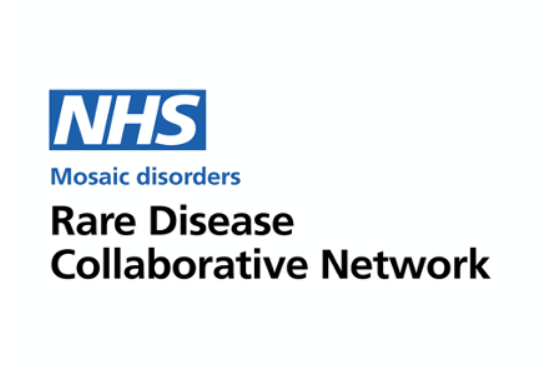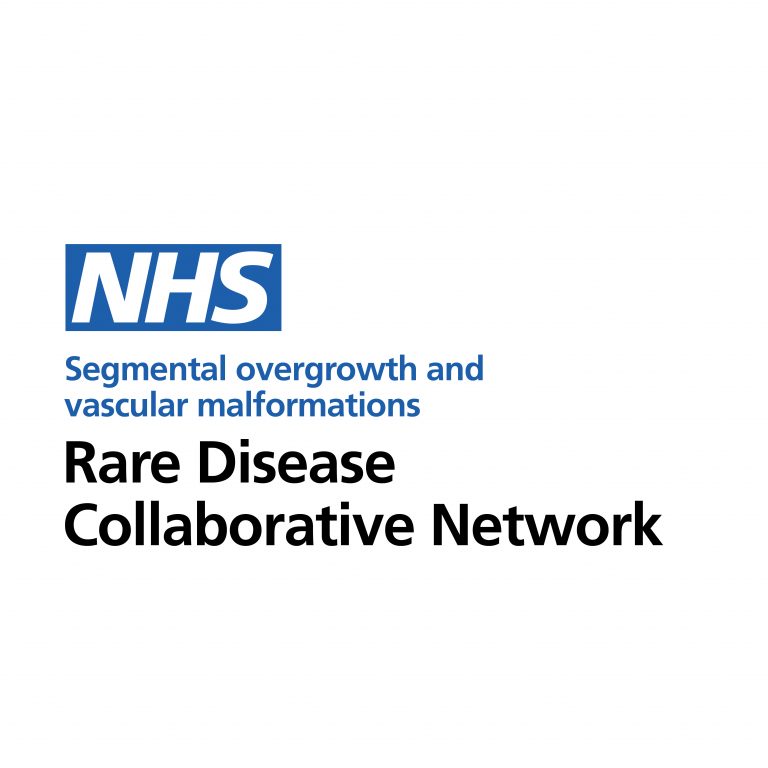Rare Disease Collaborative Networks
Rare disease collaborative networks (RDCNs) are an important part of the NHS architecture initiated by NHS England to improve care and support for patients with rare diseases.
Operating principles
RDCNs are expected to operate under the following principles:
- RDCNs are made up of groups of providers (Rare disease collaborative centres (RDCCs) who have an interest in developing understanding of a particular rare disease and are committed to working together to progress research, increase knowledge and improve patient experience
- RDCNs should include providers that are research-active in a particular rare/very rare disease
- They are based on the principle that, when it is practical, ‘the knowledge moves rather than the patient’
- They must be focused on rare/very rare diseases where expertise is likely to be scarce and where there may also be benefits in national and international collaboration
- RDCNs should describe and demonstrate a positive impact on patient experience and provide good geographical coverage
- RDCNs provide one of a number of tools for NHS England and NHS Improvement to take forward its rare disease agenda
Rare Disease Collaborative Network for Mosaic Disorders (RDCN-MD)

The NHS England Rare Disease Collaborative Network for Mosaic Disorders (RDCN-MD) is led by GOSH Paediatric Dermatology and has an adult centre at St Thomas’ hospital, London. Other than the two specialist centres we have established a national network of named consultant contacts.
For HCP’s interested in becoming part of the RDCN-MD as a named consultant contact for the joint care of patients with mosaic disorders please send an email to: MosaicDisordersRDCN@gosh.nhs.uk with the subject heading “Local Consultant Contact Request”. The idea of the local consultant contact network is to foster national expertise to improve patient care and to improve coordination and communication between local and specialist centres. For more information please see: Rare Disease Collaborative Network
Conditions which can be referred to the mosaicism service
Congenital naevi of all types including:
- Melanocytic – small single lesions excluded
- Epidermal -small single round sebaceous naevi excluded
- Ednexal – any
- Connective tissue – any
Vascular Malformations of all types, including:
- Arteriovenous – any
- Venous – small single asymptomatic lesions excluded
- Capilary – small single lesions excluded
- Lymphatic – any
- Mixed – any
Suspected Mosaic Disorders of unknown diagnosis:
- These would often be indicated by asymmetry of growth (overgrowth or undergrowth of body parts) extensive or multiple birthmarks (same type or multiple types) neuroctaneous disorders that don’t fit with known germline diagnoses
Moasic versions of germline diseases:
- For example moasic neurofibromatosis type 1, moasic CM-AVM syndrome, mosaic tuberous sclerosis, mosaic Darier disease, mosaic Gorlin syndrome
Specific exclusions:
- Infantile haemangioma
- X-Linked germline disorders which present with Blaschkolinear patterning such as incontinenti
- pigmenti, Goltz disease
Referral criteria to RDCN-MDs Mandatory primary RDCN-MDs referral criterion
ADULT CLINIC INFORMATION: ADULT CLINIC
FOR ADULT CLINIC APPOINTMENTS: ADULT CLINIC APPOINTMENT DETAILS
Every patient referred into the RDCN service must have a clinician in charge of coordinating their care in their local hospital.
This is to optimise coordination of patient care and communication between the RDCN and the local team, and to reduce the requirement for patient travel.
This clinician must either be the referring clinician or be named in the referral letter if coming from a GP. Referral to the local clinician at the time of GP referral and naming of that clinician in the referral letter is sufficient at that stage, so that referral is not delayed by waiting for local appointments.
This named clinician will be expected to remain involved in patient care throughout their care under the RDCN.
For children the named clinician would be expected to be in Dermatology or Paediatrics and for adults in Dermatology.
However, for patients requiring systemic targeted therapies for their mosaic disorders (for example Sirolimus), an oncology professional may be the most appropriate even though these drugs are being used for mosaic disorders and not malignancy.

Segmental overgrowth and vascular malformations are group of rare disorders characterised by asymmetric overgrowth of tissues.
There are currently 6 centres focusing on segmental overgrowth and vascular malformations:
- Lead: Nottingham University Hospitals NHS Trust
- University Hospitals of Derby and Burton NHSF Trust
- St George’s University Hospital NHS Foundation Trust
- Birmingham Women’s and Children’s NHS Foundation Trust
- Manchester University NHS Foundation Trust
- Royal Free London NHS Foundation Trust.
- Vascular Malformations team at Leeds Teaching Hospital
For any enquires about how to be referred to any of these clinics please send an email to the following address: dhft.covac@nhs.net
